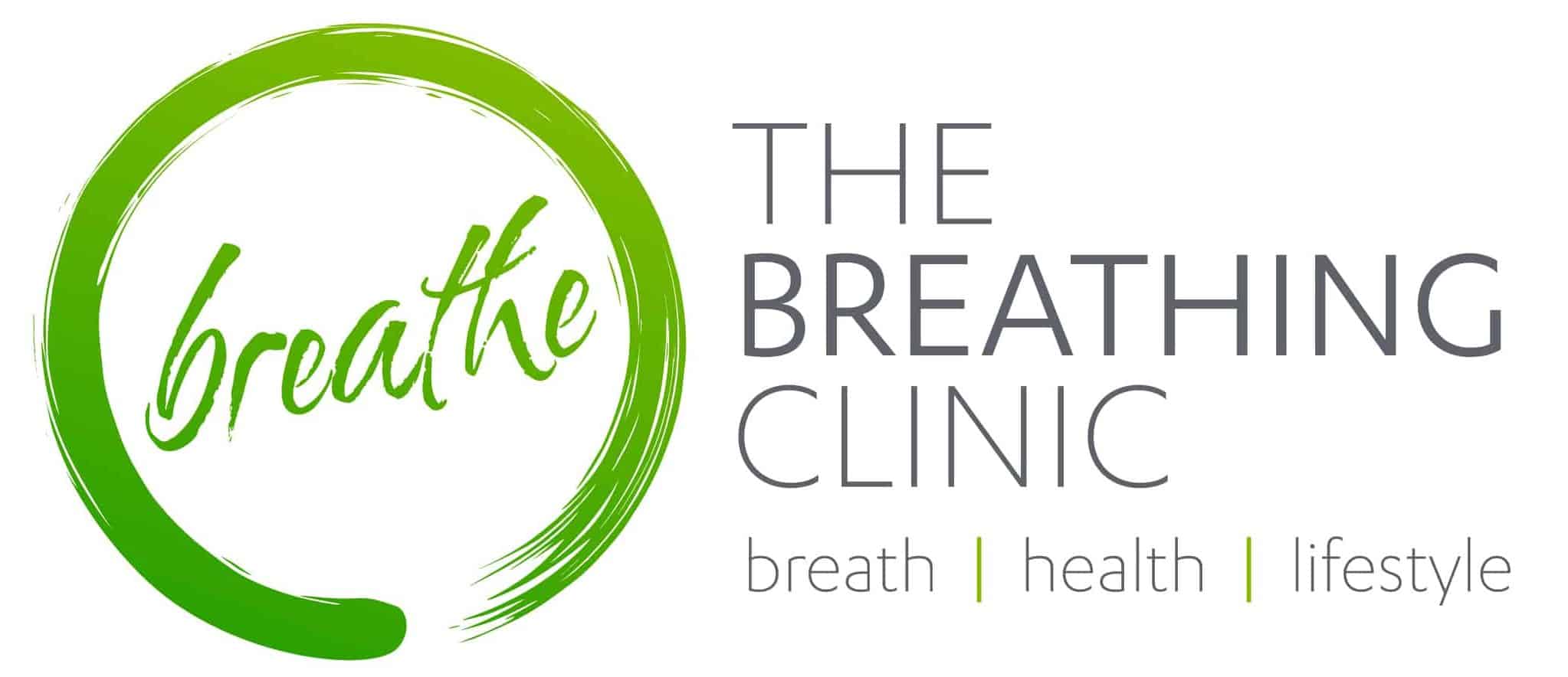FAQ's
Most frequently questions and answers
You can certainly try, however this would be a bit like trying to learn yoga, martial arts, or golf on your own. Like all these disciplines, it is dependent on the student learning from an expert in the craft. It is possible to learn the basics by reading a book, but it is extremely rare to become a master of any of these disciplines, including Buteyko, without at some stage, having somebody already proficient in the art show you how to do it. An expert observer is much better placed to identify and correct the many mistakes that are easily made – sometimes big, often small and sometimes having to do with lifestyle as much as how an exercise is performed.
The method seems deceptively easy to learn but there are many subtleties and complexities that can arise and are best dealt with by an experienced practitioner. The standard 5-day course often needs to be supplemented by tailoring it to the particular circumstances of the individual and also by ongoing support for a period of time.
Firstly, enquire about the practitioner’s own training. Anyone can call themselves a Buteyko Practitioner and there is a wide variation in training standards from 2 or 5 day online “practitioner training” courses to training that takes years and includes initial teaching under supervision and ongoing mentoring from a senior practitioner. Also ask which professional body they belong to and make sure they are registered for example with the Buteyko Institute of Breathing and Health or the Buteyko Breathing Educators Association. Another thing to check is whether or not they are a full-time Buteyko specialist or whether they have added it on to their primary specialty.
A full Buteyko Breathing Retraining Course includes a minimum of five 90-minute sessions for adults or 60-minute sessions for children. This can be taught in person or online and is great to learn in a group, however it should not be taught by pre-recorded video. The method is not one-size-fits-all and should be tailored to each individual by an experienced practitioner. Check whether the course includes a period of ongoing support and whether there is a follow-up session.
Unlike the other functions governed by the autonomic nervous system we have a degree of control over our breathing and therefore we can cause it to malfunction. Part of the problem is that there is a tsunami of misinformation around about breathing, contributing to people inadvertently applying practices or techniques that negatively influence their breathing pattern. With the correct information and techniques designed to establish normal breathing we can improve our breathing function. We also have control over the many habits and lifestyle factors that influence breathing and so by learning what they are and what we can change we can positively influence our breathing.
People usually notice improvements such as feeling more relaxed, having a lower heart rate, less nasal congestion and quieter and easier breathing within hours of changing a poor breathing pattern. Better sleep is often experienced right from the first night. It is common to hear “I’ve had the best sleep I’ve had in years.”
To quote colleague Tess Graham “why not? You are breathing all the time, aren’t you?” Every breath during waking hours is an opportunity to make changes to your breathing – while doing the dishes, walking to the car, travelling on a bus, train or plane, waiting for an appointment, watching TV. One of the advantages of breathing retraining over other exercise programs is that breathing awareness and management can be applied during any activity. You have around 20,000 opportunities a day to make a difference but first you have to invest in getting the right information around breathing. For best results you will then need to spend around 15 minutes 4 times per day practicing formal breathing exercises. How long you will need to do this for depends on your health conditions, medications, age and adherence to addressing lifestyle and habit factors that influence breathing but can be anything from 6 weeks up to daily for life for someone with COPD.
There is a general lack of knowledge about breathing pattern dysfunction. Most doctors are not well informed about the principles of breathing retraining and observation and assessment of a patient’s habitual breathing pattern or the effect on physiology, behavior, posture, the nervous system, the gut, craniofacial development and so on and this is not part of a standard medical diagnosis. Most doctors are simply not aware of breathing retraining as an option for their patients, in part due to the low number of practitioners in New Zealand. Has your doctor ever assessed your baseline breathing pattern?
Breathing retraining is a logical, scientific and conservative approach to the management of breathing related disorders. Your doctor should be no more reluctant to suggest you improve your breathing habits than to recommend other self-help approaches such as starting a regular exercise program (which, by the way, may be difficult if you have a poor baseline breathing pattern).
It’s not difficult to learn or practice but it does take time, persistence and practice to change a pattern that you have practiced around 20,000 times a day all your life. It’s not an easy quick fix but it is highly effective and rewarding and provides a foundation for health that will save you time and money in the long term. Think of having to lose 10 kg – if you go to a personal trainer, they will educate, guide and motivate you but at the end of the day you need to put the time and effort in to get the results. Retraining your breathing can be likened to this and responds well to a team approach between a skilled, experienced practitioner and a willing student.
If the breathing exercises you learnt involved big, deep in-breaths with full exhalations, particularly through the mouth or being encouraged to sigh, then it is likely you caused a shortfall in carbon dioxide in your blood. This can result in blood vessels narrowing and reducing the amount of oxygen that gets to your brain and muscle cells. The result can be dizziness, anxiety, panic, breathlessness and fatigue. You only need to over-breathe for one minute to drop the oxygen supply to your brain by up to 40%. The difference with a breathing retraining program is that you will learn to breathe normally – at the correct rate and volume – so that you keep your blood chemistry in balance. This is essential in allowing the oxygen in your blood to actually get into your cells where it is needed. This is very different to focusing on getting as much oxygen into your lungs as possible.
Many people can’t tolerate forcing nose breathing by trying to keep their mouth closed. They feel claustrophobic or uncomfortable, as though they are suffocating. Breathing retraining with The Breathing Clinic involves gradually reconditioning your breathing so that you can achieve comfortable nose breathing in time, at your own pace The first step may be to breathe more gently through your mouth or to adjust your posture.
Yes. Noses are often blocked because of irritation, dehydration and inflammation – all side-effects of chronic over-breathing, the most common faulty breathing habit. When you learn to breathe correctly, airway irritation reduces. It’s rare that a nose wont at least partially clear within the first give minutes of beginning to change a poor breathing pattern.
Yes, over-breathing is an obvious feature during a panic attack. This removes too much carbon dioxide from the body. The chronic form of over-breathing is less noticeable but very common in those with anxiety and panic disorders. Research has found people with panic disorders breathe 12 liters a minute at rest compared to a normal of 5 liters. Chronic over-breathing changes carbon dioxide levels and blood chemistry and contributes to hyper-arousal of your nervous system (fight-or-flight), with too much of the stress hormones adrenaline and cortisol being produced. It can be likened to having your foot hard on the accelerator all the time. Homeostasis is disturbed and it’s as if you are too close to the edge of cliff and easily triggered in terms of symptoms.
Your brain chemistry does not go haywire for no reason. It is directly affected by the way you breathe. The carbon dioxide level in your blood is the primary determinant of your body’s chemical balance (pH). If you improve your breathing pattern you will have more normal and more stable brain chemistry.
If you snore or have sleep apnea, then you have dysfunctional breathing and will breathe an excessive amount of air at night. How you breathe at night is a reflection of how you breathe during the day so when you improve your daytime breathing pattern, capitalizing on the fact that you can consciously vary breathing while awake, your nighttime breathing follows. By learning to breathe at the correct rate, rhythm and volume during the day you can “reset” the “drive to breathe” center in your brain, so that you breathe more quietly, softly, gently and rhythmically during the night. Interestingly a number of factors that also contribute to snoring and sleep apnea such as a receded lower jaw, narrow arches, enlarged tonsils and adenoids, poor throat dilator muscle tone, even excessive weight are all also related to breathing.
Try this: 1) Open your mouth and snore. 2) Then close your mouth and snore. 3) Now snore without increasing the amount of air you breathe…. You will find that you can’t – it’s not possible. Breathing retraining is unique in its’ approach to these conditions in that it addresses the flow whereas other modalities tend to focus on the pipes.
Your throat doesn’t just collapse through bad luck, bad genes or because you are overweight. There is always a component of dysfunctional breathing present and it is highly likely that this is contributing. The great big breaths that get sucked in fast during a bout of heavy snoring can create a suction force sufficient to bring the walls of the throat closer together. Breathing retraining can help restore a stable, even breathing pattern and reset a “breathing over-drive.”
Yes – there are hundreds of thousands of similar experiences worldwide. Most of the clinical trials that have been done on the Buteyko Method have been for asthma and showed significant reductions in reliever use of 85-100% and reductions in steroid use of up to 40% as well as significant improvement in quality of life scores. To see some of these trials go here https://breathingclinic.co.nz/scientific-articles/ Many Buteyko practitioners changed careers and trained in Buteyko after their own life-changing experience (or that of their child) with asthma following a Buteyko course.
No, you can do breathing retraining and improve your baseline breathing pattern while continuing to use medications or appliances or attend counselling sessions and so on. Improving your breathing can help you get more from other therapies. However, ultimately, if you return your breathing to normal, your requirements for other treatments/therapies may change and then you should discuss your situation with your doctor.
The Breathing Clinic gives regular talks throughout the year both to the public and to health professionals. Follow the Breathing Clinic on Facebook if you would like to be informed of when talks are coming up. https://www.facebook.com/breathingclinic/ These talks are 60 to 90 minutes and may be on the topic of breathing in general or on a specific breathing related condition such as asthma and hay fever, snoring and sleep apnea or panic and anxiety. Be in touch if you would like to book a talk for your business or group. You are also welcome to ring or email the clinic with further questions.

